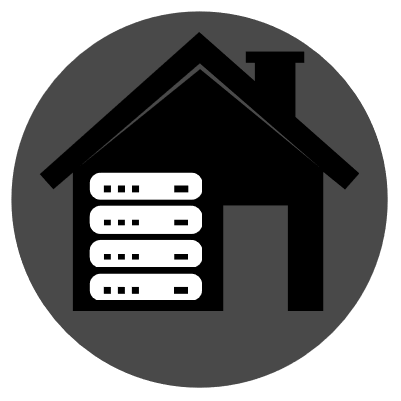

@teawrecks Make a load of dirty bombs and rob banks with them.
#Naturist web developer, selfhosts as many things as possible.
#brony, #nudist, #bodypositive, #aspie, #fedi22


@teawrecks Make a load of dirty bombs and rob banks with them.
@photonic_sorcerer @NONE_dc It’s not something you’ll get perfect straight out of the box, but receive only is fairly straightforward. The difficulties come when you want to send something that won’t get immediately rejected or thrown into the spam box.
@Potatisen @Fake4000 Their CEO being pro-Trump
@AlbigensianGhoul I would recommend @Mojeek as a fully independent engine without any of those “bonus” features.


@GregorTacTac If you use containers you can map something like 8080 on the host to 80 in the container. Generally it’s recommended to have a reverse proxy listening on 80 and 443 with all your individual applications on localhost only high ports.


@jherazob If you use Podman instead of Docker Cockpit gives a great web dashboard covering both the containers and the host machine.


@andruid @Tippon Stay away from k8s for now, that’s more for when you have a cluster of multiple physical servers. The systemd services are more useful in a single server environment.
The way that works is that once you have the containers set up, podman can save the configuration of them as unit files so they can be managed the same way as native server software. This makes it easier to have them all start automatically after a reboot, and is a requirement for enabling automatic updates.


@Tippon That is a big part of the point behind containers, you don’t have any long term state inside them. Migration is just a case of copying the configuration over along with the contents of any persistent volumes.
It’s worth looking into Podman instead of Docker, the daemon-less architecture makes it more lightweight and secure as it’s easier to have rootless containers. Management can also be easer as being a Red Hat project it integrates well into Systemd.
With your existing server on Xubuntu you may as well stick with Ubuntu Server or Debian for the familiarity.


@nutbutter @noride The container section is, but the rest of it is operating on the host system more like Webmin does.


@reactive_recall Those fees come from the banks and card schemes, so every processor out there is going to pass them on. The only real way around it is to accept payments by bank transfer or cheque/postal order.


@Salix Ideally you would put NPM in VM 3, so you have a single entry point separated from everything else.
@harsh3466 That should work, as always with dd the potential disaster is getting if and of the wrong way around and wiping the old drive.